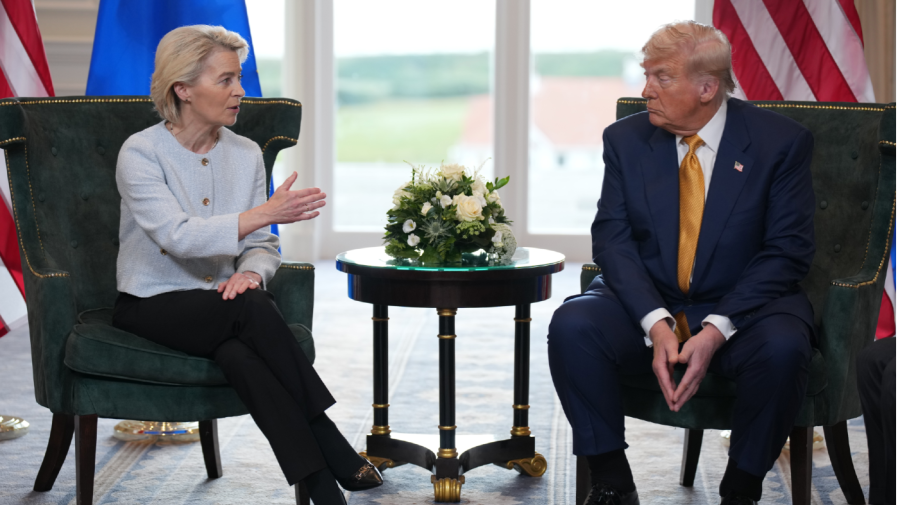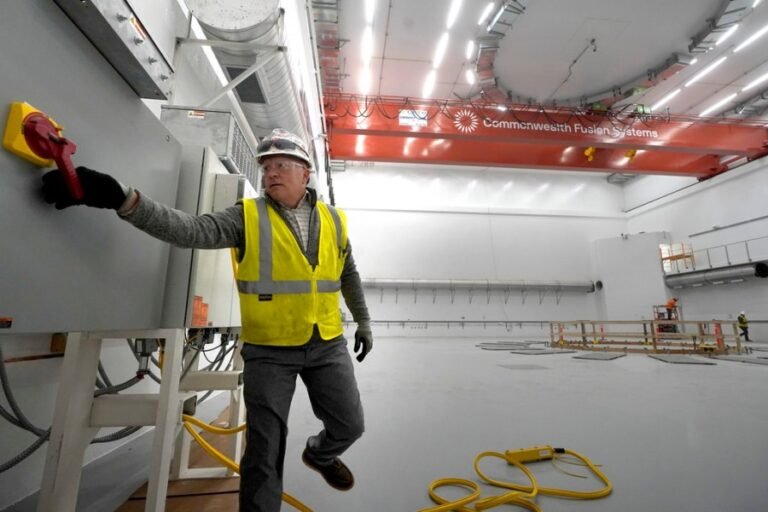
On May 28, The U.S. Court of International Trade struck down President Trump’s global “reciprocal tariffs,” most of which are based on Trump’s claim that the U.S. trade deficit is a national emergency.
The Trump administration appealed to the U.S. Court of Appeals for the Federal Circuit, which immediately stayed the other court’s order and permitted the tariffs to continue while it considers the case.
Whether Trump’s tariffs are canceled or not will make a big difference for U.S. consumers, businesses and trading partners. If the current tariffs are declared illegal, billions of dollars of tariffs collected will have to be refunded.
Furthermore, Trump would be without legal authority to implement the revised tariffs in trade deal “frameworks” he has already negotiated with the United Kingdom, Japan, the European Union and other countries. The courts could allow Trump to use different, more limited tariff-making powers, but this would only apply in the future.
All we know for now is that we will have to wait. The Court of Appeals for the Federal Circuit, using an unusual procedure of having its 11 active judges hearing the case jointly, will hold oral argument today and will probably issue its decision promptly afterward.
The process will then almost certainly move to the Supreme Court, which could decide the case quickly, or delay it until this fall or later.
In any case, Trump’s promise to finish “90 deals in 90 days” (now 120 days) with U.S. trading partners by Aug. 1 hangs in the balance.
He has an incentive to complete deals quickly in advance of a possible Supreme Court decision against his tariffs that would remove much of his negotiating leverage. U.S. trading partners are also planning their negotiations with this possibility in mind.
In the meantime, Trump has set the tariffs unilaterally, raising the baseline level from 10 percent to 15 percent for most countries having completed deals.
It is important to note that the Court of International Trade decision covers only the universal tariffs imposed under the International Emergency Economic Powers Act, which delegated tariff authority from Congress to the president.
It does not affect Trump’s authority to impose national security tariffs on specific products such as steel, aluminum and autos, which are based on a different trade statute.
It is difficult to predict the outcome of the final court decision. The Constitution assigns tariff-making authority exclusively to Congress, but it has delegated emergency powers to the president in certain cases by passing various statutes.
Usually there are limits on such tariffs by product, country and duration., but Trump has applied his reciprocal tariffs so broadly that he has essentially seized complete control over trade policy. He has set and reset tariff rates unilaterally against all countries individually. This level of presidential trade policy discretion is unprecedented.
In nearly all previous cases, U.S. courts have treated Trump’s delegated trade authority from Congress with great deference.
Once Congress allows the president to act on an emergency, according to the courts’ reasoning, it must allow for a generous interpretation of the delegated powers, as long as they are consistent with the thrust of the statute that granted them.
Trump’s global reciprocal tariff policies, however, have gone well beyond what any other president has done in setting tariffs.
Legal scholars believe the result will depend on an earlier trade law case from 1975, which indicated that an “emergency” based on trade imbalances, as Trump claimed, would need to use a different law, section 122 of the Trade Act of 1974, rather than the International Emergency Economic Powers Act.
Remedies under the more narrowly focused section 122 limit tariffs to 15 percent, applied equally to all countries for no longer than five months.
A key point in this interpretation is that Trump’s tariffs were not simply unprecedented and unauthorized under the International Emergency Economic Powers Act, but they unlawfully circumvented section 122.
Under this argument, if a trade balance emergency exists, Congress intended that the president use the proportionate section 122 remedy, not the excessive invocation of tariff-making power under the International Emergency Economic Powers Act
Trump would vehemently oppose this outcome, since it would reduce his tariff-making power and prevent him from bargaining for separate deals with each trading partner.
Yet allowing the Court of International Trade ruling to stand would restore constitutional and statutory order to tariffs. The Constitution set out a deliberative process for U.S. trade policy, not the rule by fiat of the president.
The Supreme Court may ultimately declare Trump’s tariffs to be legal, allowing him to continue exercising virtually unlimited power over tariffs and trade policy. Yet the highest court can also restore normal order to trade policy.
If Trump then wants to continue his International Emergency Economic Powers Act global tariffs, Congress will have to provide the appropriate legislation.
The Republican majorities in Congress will then have to take responsibility for publicly endorsing and voting for tariff hikes and take the consequences in coming elections for the damage they cause.
Kent Jones is an emeritus professor of Economics at Babson College. Patrick C. Reed is an international trade lawyer and adjunct professor at St. John’s University School of Law and Baruch College.


